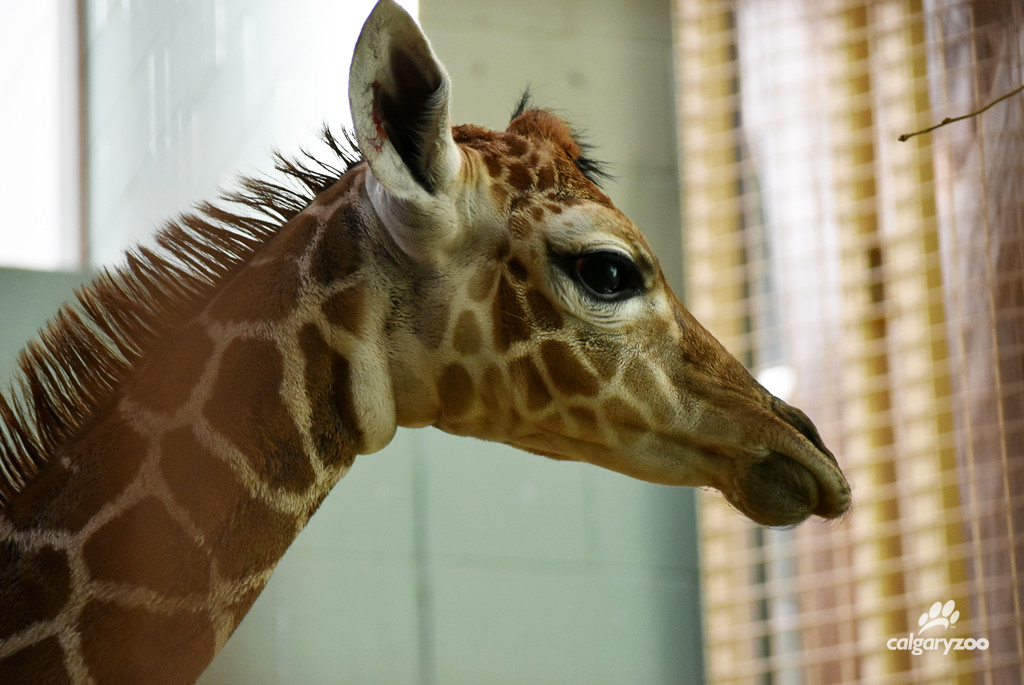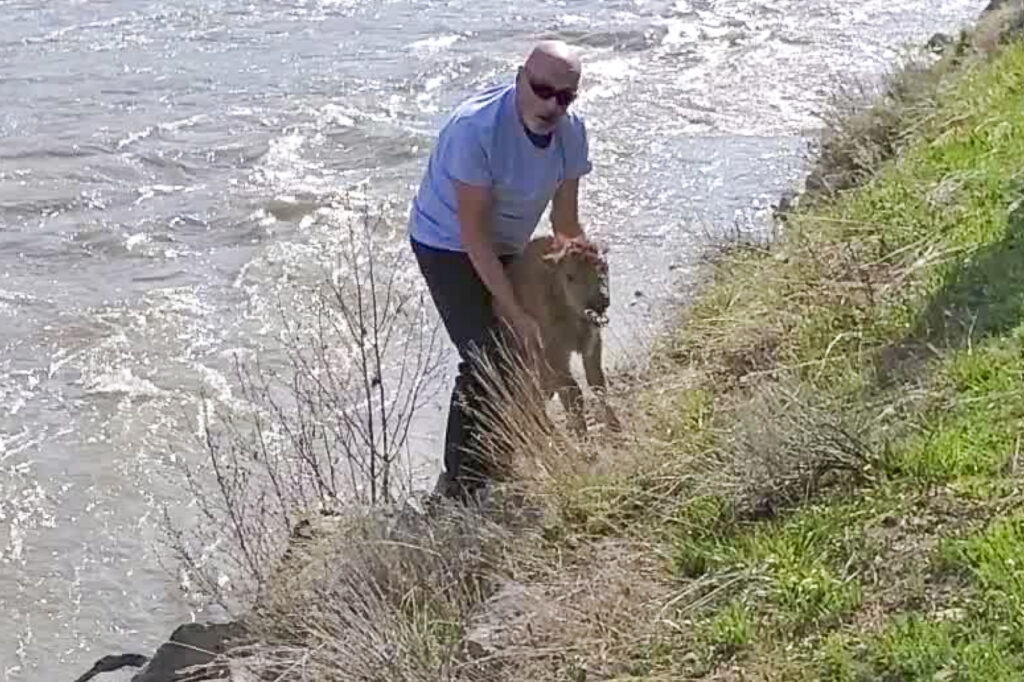A symbolic statement against poaching will take place for the first time in the United States.
The San Diego Zoo Safari Park will host a rhino horn burn on Thursday as the U.S. Fish and Wildlife Service and the California Department of Fish and Wildlife come together Thursday morning to destroy $1-million worth of “rhinoceros horns, ornate objects and items falsely marketed as medicinal.”
“The purpose of the rhino horn burn is to deliver the message that wildlife trafficking will not be tolerated and to demonstrate how organizations are working together to end this threat to rhinos,” the organizations said in a joint statement.

Rhinos are being killed at the rate of three per day in in Africa for their horns, a pace that could erase the species from the planet by 2031. And while many rhinos have been killed for their horns, others (like the one pictured above) have been horribly maimed, but saved by animal welfare groups, such as Saving the Survivors.
Similar burns have taken place in numerous other nations as part of a crackdown on the illicit wildlife trade.

The San Diego Zoo Safari Park is part of a global network trying to save the iconic species. One of its southern white rhinos was recently confirmed as a poaching attempt victim.

The city’s bomb squad was called in to use its radiograph to confirm that metal fragments are indeed the cause of a slow-healing wound in the 5-year-old female rhino named Wallis.

Wallis is among six female rhinos that came to the park from private reserves in South Africa to potentially become surrogate mothers for the critically endangered northern white rhino.
“California is a hot spot for illegal efforts to sell trafficked rhino horn in the U.S.,” officials said yesterday. “Illicit trade in wildlife is the fourth largest illegal trade in the world, after drugs, weapons and human trafficking.”
The scourge is now a multibillion-dollar-per-year industry. But governments are doing their part to crack down.
“With passage of a new state law prohibiting the sale or purchase of rhino horn and ivory products, CDFW’s wildlife officers stand ready to do their part to combat wildlife trafficking in California and abroad,” David Bess, CDFW deputy director and chief of the Law Enforcement Division, said in a statement after the symbolic burn.
Main Photo Saving the Survivors/Facebook Other photos San Diego Zoo Safari Park




